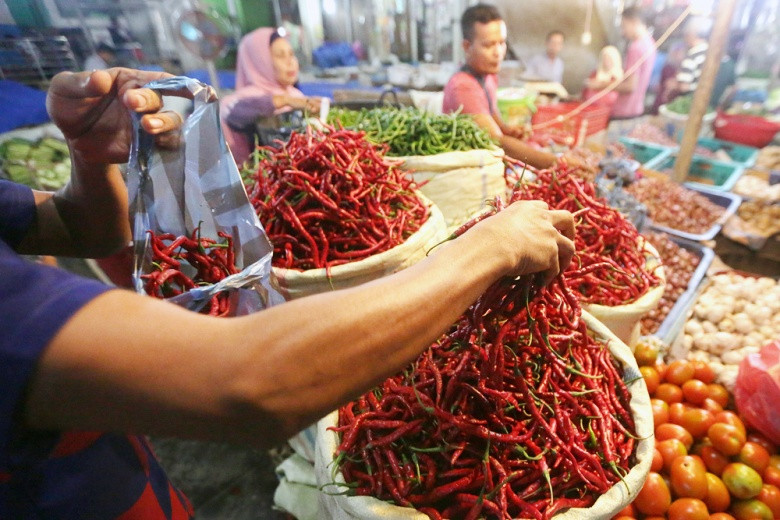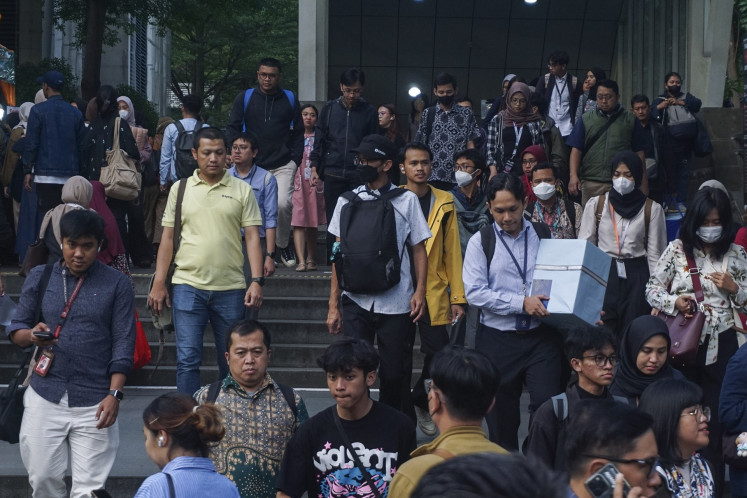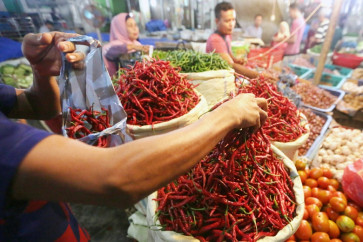Popular Reads
Top Results
Can't find what you're looking for?
View all search resultsPopular Reads
Top Results
Can't find what you're looking for?
View all search resultsIndonesia records lowest inflation in history as purchasing power deteriorates further
The country’s annual consumer price index (CPI) stood at 1.68 percent last year as prices advanced 0.45 percent on a monthly basis in December, Statistics Indonesia (BPS) announced on Monday.
Change text size
Gift Premium Articles
to Anyone
I
ndonesia recorded the lowest annual inflation in the country’s history in 2020 as the coronavirus pandemic ravaged the economy and battered purchasing power.
The country’s annual consumer price index (CPI) stood at 1.68 percent last year as prices advanced 0.45 percent on a monthly basis in December, Statistics Indonesia (BPS) announced on Monday. The figure is the lowest full year number in history and below Bank Indonesia’s (BI) target range of 2 to 4 percent last year.
While a low inflation rate is good for an economy as it means consumers can buy goods and services at affordable prices, the low figure in Indonesia last year indicates weakening purchasing power rather than balanced supply and demand.
Annual core inflation, which excludes volatile food and government administered prices, fell for nine consecutive months last year up to December to 1.6 percent, a level unseen since the BPS began recording the indicator in 2004, signaling weakening demand and purchasing power. Weak demand is feared to slow business and manufacturing activity while posing a risk to the entire economy, of which consumption makes up more than half.
“The dip in core inflation showed that demand remained weak,” Bank Danamon economist Wisnu Wardana wrote in a note on Monday. “The 2020 [year-end holiday] festivities did not help push up core inflation as the government imposed tighter restrictions during Christmas and New Year.”
Indonesia usually sees household spending increase in the last month of the year, but core inflation in December fell slightly to 0.05 percent from 0.06 percent in November, although the headline inflation reached the highest rate since June 2019, when consumption picked up due to the Ramadan and Idul Fitri festivities.
Higher prices of red chili, purebred chicken eggs and airfares, among other products, boosted the CPI amid seasonal effects. Prices of personal goods and other services rose 5.8 percent year-on-year (yoy) last year, the highest among other components, driven by higher gold jewelry prices as the uncertainty surrounding the pandemic prompted people to turn to safe-haven assets.


















